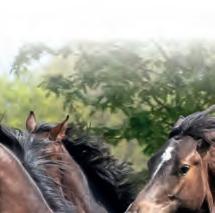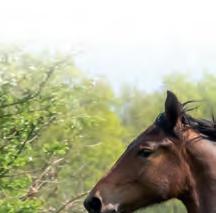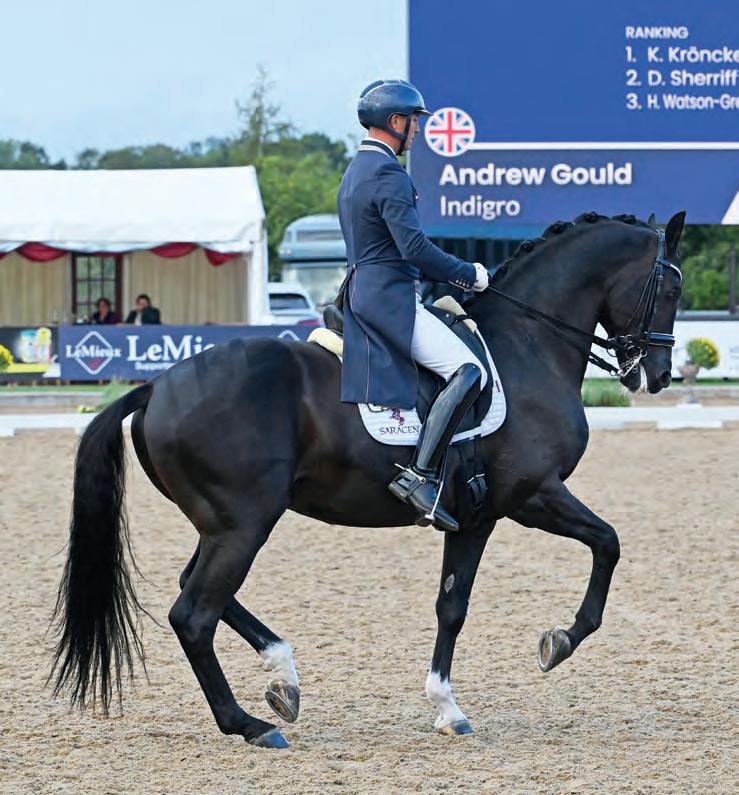
4 minute read
BOY TALK
ENSURING THAT YOUR STALLION HAS THE RIGHT NUTRIENTS CAN HELP HIM IN HIS COMPETITIVE CAREER AND IN THE BREEDING SHED. EMMA PENNY ASKS THE EXPERTS WHAT NEEDS TO BE TAKEN INTO ACCOUNT.
and fi llies are growing incredibly quickly, so it is essential that they receive the right amino acids, vitamins and minerals to counter any shortfalls in forage.
“The biggest potential issue is that even if you feed forage of the highest quality, it will still be short of certain nutrients. Even when on spring grass, with its potentially high energy and protein levels, vitamin and mineral requirements will not be fully met. Supplementing with a source of these key nutrients will ensure they are receiving a fully balanced diet.” According to Emma, extensive forage analyses suggest calcium, phosphorus, copper and zinc are the main ‘missing’ nutrients from a foragebased diet.
“A balancer is a good option for those holding their weight well, but if a colt or fi lly needs more calories, look at stud cubes or mixes. As colts can be a bit more highly strung, a stud and youngstock feed supplying calories from fibre and oil is better than a high starch, cerealbased diet.”
Minimising sugar and starch levels is essential, particularly where youngstock and mature horses can sometimes carry too much condition, putting them at increased risk of laminitis, says Nicola Tyler, TopSpec nutrition director. In youngstock, she says the main concern with colts is usually if they are not coping particularly well with their hormones, and are becoming too excited or starting to exhibit behaviours such as fence walking. “If they are growing and that behaviour and excitement means they are losing condition, you need to fi nd a feed which will allow good musculoskeletal development and allow them to maintain the correct condition level.”
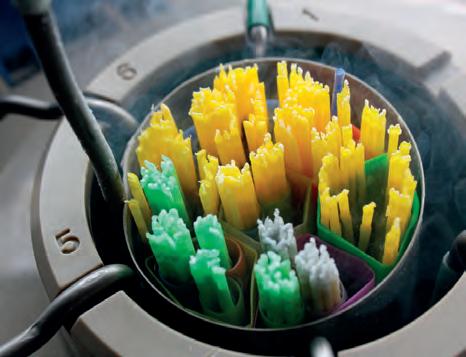
Kate Hore, NAF’s head nutritionist, says that where colts are being particularly coltish, feeding them a product usually associated with hormonal mares, can help. “The chasteberry herb in our Oestress product suppresses libido, which is also useful for riggy geldings or if you want to keep an older nonbreeding entire horse focussed.”

Like youngstock, stallions should be fed according to their individual requirements and activity levels. Emma says the key is to treat them as a performance horse. “The biggest issue is that there isn’t much research [about feeding stallions]. However, feeding depends on what he is doing, whether he is covering mares, or doing AI or competing, or a mix of those things. Take it all into account and look at his nutrient requirements.
“A mature stallion might be more highly strung or stressed, so they may have a higher nutrition requirement to maintain their weight. Again, look at oil and fibre for a calmer aspect. Those who are holding their weight might be fi ne with high quality forage and a balancer. Work from your forage upwards and on counterbalancing any shortfalls.”
Older stallions may need additional protein to maintain their muscle tone, especially if they are still working, says Emma, and joint health is another issue that may need to be considered.
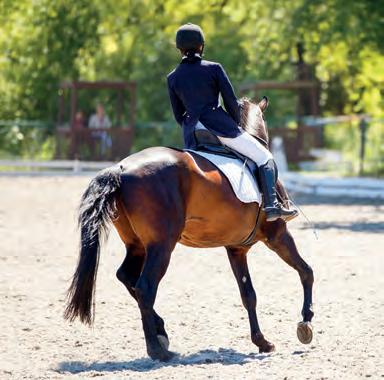
Where a stallion is being used for breeding and semen is being collected and frozen, Nicola says there is good evidence that sperm motility is improved by supplementing with DHA and EPA – the active ingredients of Omega3. They improve the flexibility and suppleness of sperm membranes, she says.
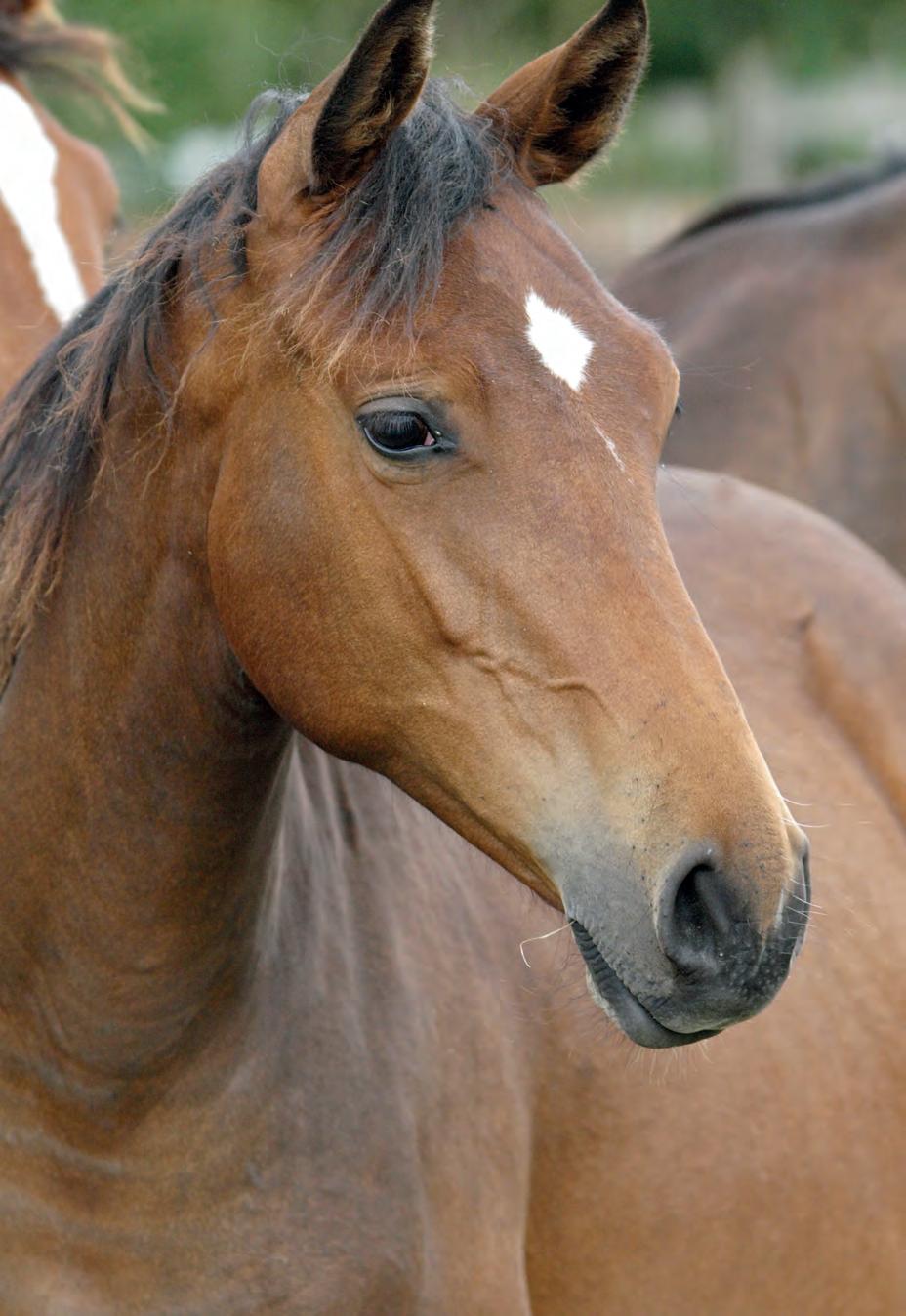
EPA – the active ingredients of Omega3. They improve


INSET: STALLIONS SHOULD BE FED TO THEIR INDIVIDUAL REQUIREMENTS AND ACTIVITY LEVELS.
“Omega-3 is found in linseed (fl ax), but are not well converted to DHA and EPA. It is far better to add deodorised fi sh oil or an algal source of DHA.”
Research suggests feeding additional antioxidants, such as vitamin E and selenium, may be helpful where there are infertility issues, says Emma.
Kate adds that when feeding it is important to ensure that natural vitamin E is used, as it is proven to be more effective than its synthetic counterpart. She says research also indicates the use of nutrients, such as vitamin A, carnitine and arginine are important, though adds “Consistent equine research is lacking, which is why it’s been so important for NAF to work with equine fertility experts like Tullis Matson of Stallion AI Services, whose robust field trials, both in vivo and in vitro, are invaluable in consolidating our knowledge of stallion supplementary nutrition”.
Supplementary nutrition ideally should be introduced ahead of covering, and in time for spermatogenesis to take place within the testes, which takes 57 days, or roughly eight weeks, and this will help sperm cope with freezing and thawing.
“Prebiotics and probiotics can also help a stallion who is training, competing and covering maintain condition and support gut health throughout the season.
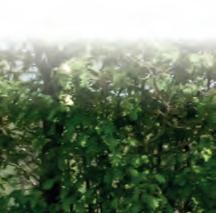
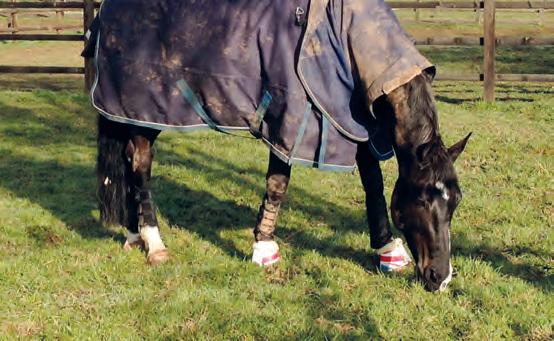
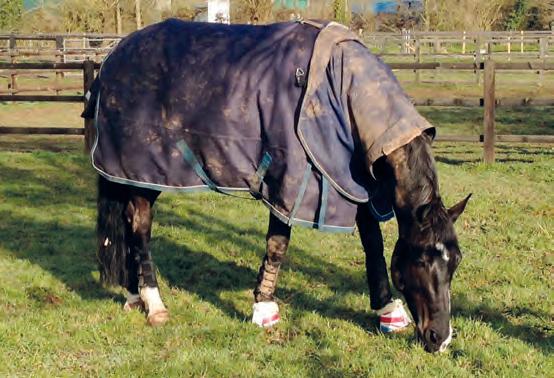
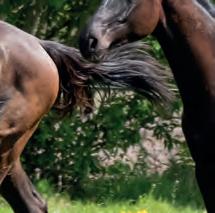
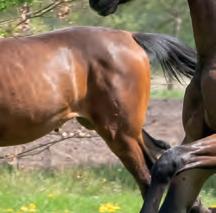
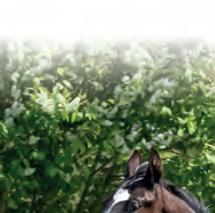


“Body condition score is really important, maintained with a good quality basic diet and targeted nutritional supplementation when needed. You don’t want a fat stallion as their performance and semen quality will fall – lean and fit is the best option.”
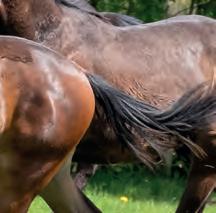

Competing
While Andrew Gould has two stallions competing at Grand Prix level, both are fed like any other competition horses.
“If you treat them like stallions, they seem to pick up on that and change their behaviour – we just treat them as individuals like we do with all of our horses.”
The older one, Genie, has never covered, while Indigro did up till he was six but is not doing so at present. “I have spoken to other riders who were competing working stallions and found it difficult to maintain their weight.”
Competition and conditioning cubes are the mainstay of Andrew’s feeds, with the cubes proving better for maintaining Indigro’s mindset than a mix which made him ‘a bit too hot’.
Older Stallions
Nutritionists have played a critical role of keeping Uthopia in top condition when covering and competing and now that he is leading a more relaxed life, says Alan Davies.
“We had to watch his weight as he is a good doer, and we wanted to maintain his energy levels without putting on too much weight. When he was covering, we fed additional vitamin E, and the nutritionists at Saracen were very good at ensuring he had everything for both jobs.
“He’s 21 now and not covering, but is still in some work. He goes out in the field, is trickle fed hay, and is on a balancer which maintains him well.”

A three-year-old colt has just joined the yard, and is currently on a fibre cube and balancer. Alan says he may move on to conditioning cubes next year as his workload increases and he aims to build the horse’s topline without getting fat.
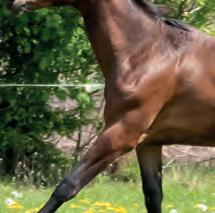
“The main thing is to cater for each individual horse – they all have their own needs and different workloads. Feeding horses and having them right is an art. If you are struggling, speak to a nutritionist as they know the science.” ■
